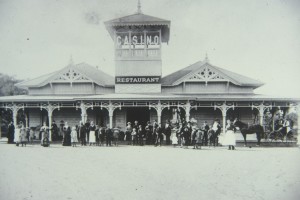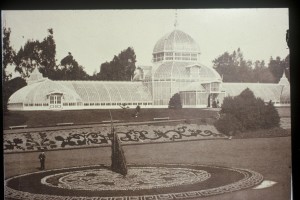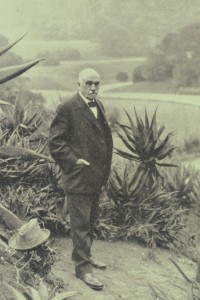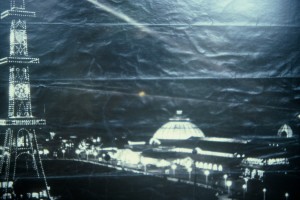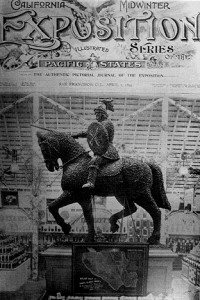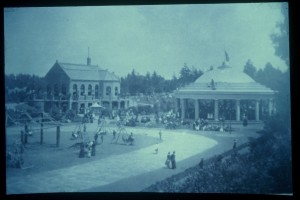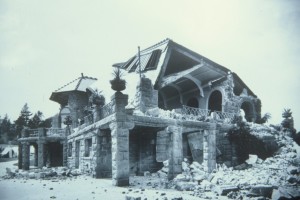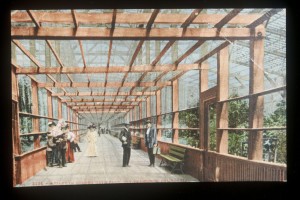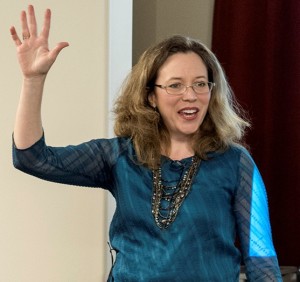Monday, January 26, 2015
Olmsted wasn’t the only one who doubted the park could be built. The Sonoma Democrat described the area designated for the park as “a dreary waste of shifting sand hills with wind continually sweeping over it that would take the hair off a polar bear and a fog resting upon it heavy enough to give asthma to a sea lion.” Yet when Hall was finished, Olmsted offered his congratulations and admitted that he had been wrong.
Sadly, Hall did not last long as park superintendent. Opposed to development in the park, he alienated those who favored it. With false charges of financial impropriety, they forced him out after a couple years. Today, his pioneering establishment of the park is largely unrecognized. A conference room in the park administration building is named after him.
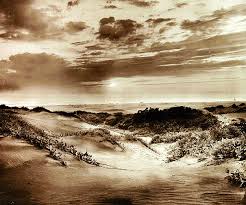
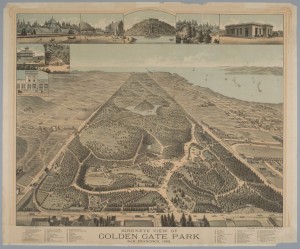
The infamous Casino, strongly suspected to be a bordello as much as a restaurant, lasted from 1892 to 1897. It stood on the hill northwest of the Conservatory of Flowers, shown below with its second dome, which replaced the first one in 1884.
The indomitable, autocratic John McLaren served as the park’s superintendent for more than 50 years (1890-1943). He, too, opposed development, not always successfully.
McLaren could not stop the mid-winter fair of 1894, a lavish exposition held in what is now the museum concourse. The fair prominently displayed electricity, the dazzling new technology of the day. It was said that you could read a newspaper at night in the Richmond District by the light beams from the fair’s Tower of Electricity (San Francisco’s answer to the Eiffel tower in Paris). As soon as the fair closed, McLaren had his men dynamite the tower. None of the buildings from the fair remain.
Designed to stimulate the economy, the fair promoted agriculture with, among other things, a knight on horseback — all made of prunes.
The children’s play area was said to be the first in a public park in the country. The play area and carousel were later shifted. The building that is today called the Sharon Art Studio (shown in both photos below) was built in 1888, destroyed by the earthquake in 1906 (second photo below), damaged by fire in 1974, and restored again.
The Aviary stood on the south side of what is now JFK drive, near the Conservatory. The structure held over 2,000 song birds and had a cage — for the people. The Aviary lasted until the 1930s and the establishment of the city’s zoo.
For more on the founding of the park, see The Trees of Golden Gate Park and San Francisco, by botanist Elizabeth McClintock. Christopher Pollock recounts many entertaining stories from the history of the park in San Francisco’s Golden Gate Park: A Thousand and Seventeen Acres of Stories. Both books can be found in the San Francisco Public Library. City Guides conducts historical walking tours of the east and west ends of the park. The tours are free, but a donation is requested. The SF Department of Parks and Recreation has compiled a short history of Golden Gate Park. It includes a narrative overview, maps of the park showing its different phases of development, and a complete chronology of the park’s development up to 1998.
———–
At the start of the evening, we heard from Dr Kirsten Hill, founder and owner of Dance with Life Chiropractic Family Wellness Center on Ninth Avenue.
